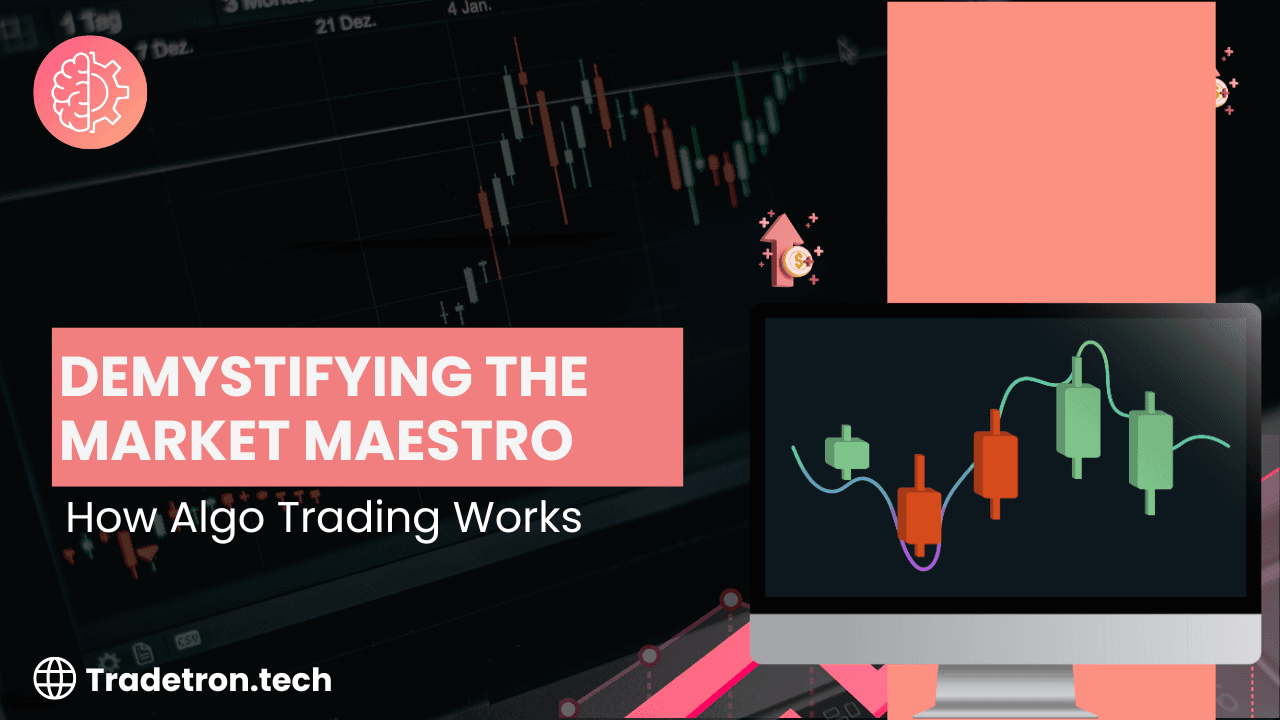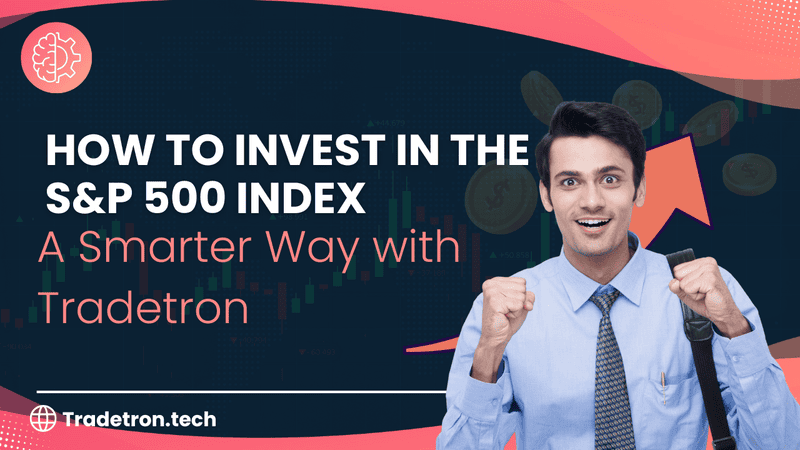
Ever wondered how some trades happen in the blink of an eye, or how massive volumes of shares change hands without a human finger touching a mouse? The answer often lies in the sophisticated world of algorithmic trading, or simply, algo trading. Once the exclusive domain of large financial institutions, algo trading is now more accessible than ever, revolutionizing the way trades are executed.
If you're searching for "how algo trading works," you're likely curious about the magic behind automated trading and whether it's the future of financial markets. Let's pull back the curtain and unravel the mechanics of this powerful trading methodology.
What is Algo Trading? The Core Concept
At its heart, algorithmic trading is the process of executing orders using automated pre-programmed trading instructions that account for variables such as time, price, and volume. Instead of a human manually placing buy and sell orders, a computer program—or "algorithm"—does it automatically based on a set of defined rules.
Think of it as having a highly disciplined, lightning-fast robot trader that never sleeps, never gets emotional, and always follows your pre-set instructions to the letter.
The Key Components of an Algo Trading System
For an algo trading system to function effectively, several crucial components must work in harmony:
- Predefined Rules/Strategy: This is the brain of the operation. Traders or developers create a strategy based on specific market conditions. These rules might involve technical indicators (like Moving Averages, RSI, MACD), price action patterns, volume changes, news events, or even complex mathematical models.
- Example Rule: "If the 50-day moving average crosses above the 200-day moving average AND the Relative Strength Index (RSI) is below 30, THEN buy 100 shares of XYZ stock."
- Market Data Feed: The algorithm needs real-time, high-speed access to market data—current prices, bid/ask quotes, volume, and other relevant information. This data feeds into the algorithm, allowing it to evaluate conditions against its rules.
- The Algorithm/Software: This is the actual code or visual builder where the predefined rules are translated into actionable instructions. It constantly monitors the market data feed, processes it, and identifies trading opportunities.
- Trading Platform/Broker Integration: The algorithm needs a direct connection to a brokerage platform or exchange to send buy and sell orders to the market when opportunities arise.
- Execution System: This component places orders with the broker and ensures trades are executed according to the strategy’s parameters.
How It Actually Works: A Step-by-Step Journey
Let’s walk through the typical workflow of an algo trading system:
Step 1: Strategy Development & Rule Definition
- A trader identifies a potential market opportunity (e.g., a mean-reversion or breakout strategy).
- They translate this idea into a precise set of rules: when to enter/exit, how much capital to allocate, and how to manage risk.
- This is the most human-intensive phase.
Step 2: Backtesting
- The strategy is tested against historical market data to evaluate performance.
- Metrics like profitability, win rate, and drawdowns help validate the strategy.
Step 3: Optimization (Optional but Recommended)
- Parameters are adjusted to improve performance—like tweaking RSI thresholds or moving average periods.
- Care is needed to avoid overfitting, which leads to poor live performance.
Step 4: Deployment & Market Connection
- Once validated, the strategy is deployed and connected to a live data feed and broker account.
- Platforms like Tradetron simplify this for non-coders.
Step 5: Live Execution & Monitoring
- The algorithm monitors live data and executes trades when conditions are met.
- It also manages open positions, stop-losses, and profit-taking automatically.
- Human oversight remains important for unexpected events or system issues.
Why Algo Trading? The Undeniable Advantages
- Speed: Algos execute trades in milliseconds—essential for volatile markets.
- Accuracy & Discipline: They eliminate emotional biases and stick to the plan.
- Capacity: Algos can track and trade across thousands of instruments simultaneously.
- Reduced Human Error: Typos and miscalculations are virtually eliminated.
- Backtesting & Optimization: Strategies can be validated before risking capital.
- Efficiency: Automating tasks frees traders to focus on strategy and research.
Potential Drawbacks & Challenges
While powerful, algo trading comes with some challenges:
- Technical Glitches: Software bugs or outages can lead to significant losses.
- Over-Optimization: A strategy tuned for the past may fail in live conditions.
- Market Changes: Strategies can lose effectiveness as conditions evolve.
- Complexity: Developing robust algorithms often requires technical skill.
- Flash Crashes: Algorithmic cascades can contribute to rapid market drops.
Who Uses Algo Trading?
- Institutional Investors: Hedge funds, mutual funds, and investment banks use algo trading for high-frequency trading , smart order routing, and reducing market impact.
- Retail Traders: With the rise of no-code platforms, individuals can also automate their strategies and execution.
Conclusion: The Future is Automated
Algorithmic trading is no longer niche—it’s foundational to modern markets. By combining speed, precision, and discipline, algo trading offers immense advantages for those who understand its mechanics. While it requires vigilance and thoughtful strategy design, it’s a powerful tool for both institutions and retail investors. As technology advances, algorithmic trading will continue to reshape how the markets operate.
Frequently Asked Questions (FAQs)
Q1: Do I need to know coding to do algo trading?
Not necessarily. Many modern platforms offer no-code or low-code interfaces with visual tools and drag-and-drop builders.
Q2: Is algo trading profitable?
It can be, but success depends on the quality of the strategy, proper risk management, and adaptability to market changes.
Q3: What types of strategies can be automated?
Trend-following, mean-reversion, arbitrage, market making, VWAP, TWAP, and others using technical or fundamental indicators.
Q4: Is algo trading legal in India?
Yes. It is regulated by SEBI, and both institutional and retail traders can participate through SEBI-registered platforms.
Q5: What are the main risks of algo trading?
Technical failures, over-optimization, ineffective strategies in new market conditions, and the need for ongoing monitoring.



 Made with Superblog
Made with Superblog